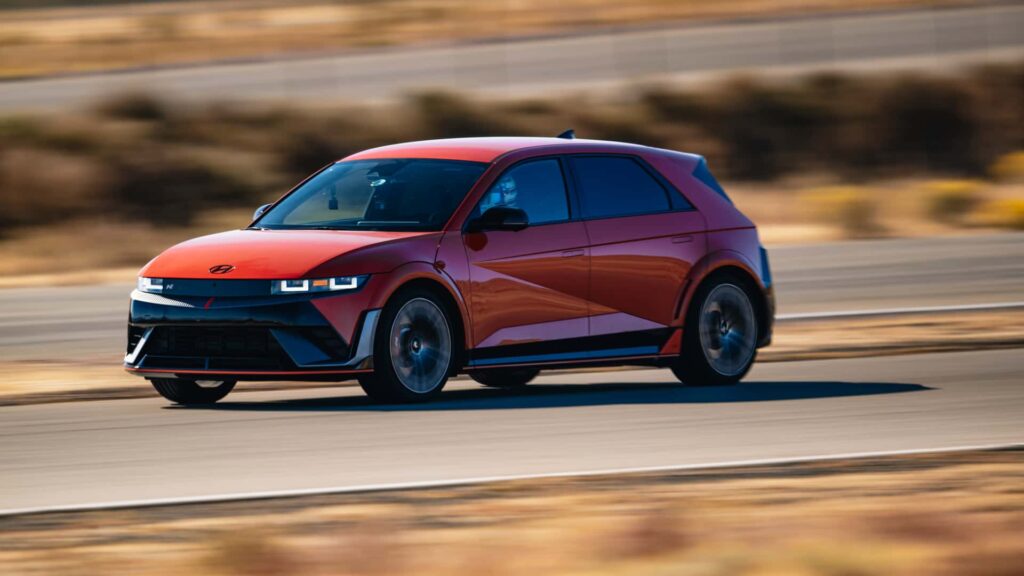A recent study conducted by Stanford University has revealed some surprising findings about electric vehicle (EV) batteries. The study suggests that “dynamic” driving, which includes occasional spirited driving, can actually benefit the longevity of EV batteries. In fact, dynamically-cycled batteries can last up to 38% longer than those that are only driven at highway speeds, equivalent to around 195,000 miles.
In the past, when cars ran on carburetors and leaded gas, mechanics often recommended the “Italian tune-up” for cars that were driven infrequently to clear out carbon deposits and improve engine performance. Similarly, the study found that dynamic driving can have a positive impact on EV batteries.
The research conducted by the SLAC-Stanford Battery Center involved testing 92 different commercial cells designed for EV use over a two-year period. The study simulated various driving conditions, including gentle driving, highway cruising, and rapid acceleration. Surprisingly, the results showed that dynamic cycling of loads, which involves a mix of city driving, highway cruising, regenerative braking, and rapid acceleration, was the most beneficial for battery longevity.
The study measured the battery’s State of Health (SOH) to track its degradation over time. It was found that a cell reaches End of Life (EOL) at 85% SOH, indicating a decline in performance. The number of Equivalent Full Cycles (EFCs) was used to measure the battery’s performance over its lifespan, with dynamically-cycled batteries outperforming those subjected to constant highway driving.
The study also highlighted the impact of low-frequency pulses and higher peak currents on battery health. Prolonged draw at a constant current, such as sustained highway driving, was found to accelerate capacity degradation, while mixed driving conditions showed less overall degradation.
Ultimately, the study concluded that dynamic discharging methods underestimated battery lifespan by up to 38% compared to constant current protocols. This highlights the importance of varied driving conditions for maximizing battery longevity.
While the study may tempt some drivers to push their EVs to the limit, it’s important to remember that moderation is key. Variety in driving habits, including dynamic driving, is crucial for maintaining battery health. The results of the study also have implications for the industry, suggesting that current battery testing methodologies may need to be reevaluated to better reflect real-world usage.
In conclusion, while occasional spirited driving can benefit EV batteries, it’s essential to strike a balance and vary driving habits to ensure optimal battery performance. So, next time you’re stuck in rush hour traffic, remember that it might actually be good for your battery’s health.

